Patch Antennas
Over the decades, we’ve gained considerable experience, both designing and fabricating patch antennas intended for a diverse range of applications and frequency bands. AOE’s state-of-the-art patch technologies stem from a strong foundational understanding of the underlying physical electromagnetic phenomenon in conjunction with high tech software field simulation.
We provide our clients with cost-effective patch antenna product solutions using low-cost, yet quality, fabrication techniques and materials as well as an unparalleled level of creative engineering innovation. We’ve developed patch technology for antennas of numerous polarization and bandwidth performance requirements.
Working under a multitude of Air Force SBIR programs, AOE has successfully developed innovative patch architectures for highly isolated dual-band full- duplex applications, as well as for apertures that require Cross Polarization Discrimination (XPD) performance. Our specialty is in highly efficient printed patch antenna technologies.
When looking to shield radiation from a radiating element’s feed, aperture- coupled patch antennas can be tremendously useful. At AOE, we’ve developed numerous designs including wideband, dual polarized, and circular polarized configurations.
If working with an active phased array application, embedding the patch feed in a multi-layer stripline manifold yields a convenient architecture where modular transmit and receive components can be easily integrated at the rear of the antenna. At AOE we have employed these methods to develop modular antenna Tiles that are integrated together to yield larger antenna apertures for space, air, land and sea-based radar and communication systems.
Notch Radiator-Based Arrays
AOE offers high performance phased array radiating element technologies capable of multi-octave performance (1:9 +). Our proprietary element architecture features wide scanning, dual polarization capability, and near ideal cosine falloff. These element architectures are employed in Electronic Warfare (EW), as well as Signal Intelligence (SIGINT) applications. Our custom Vivaldi-Notch antenna technology is optimized to meet a number of parameters and customer requirements such as specified frequency range, minimized depth, and minimum return loss at a specified angle.
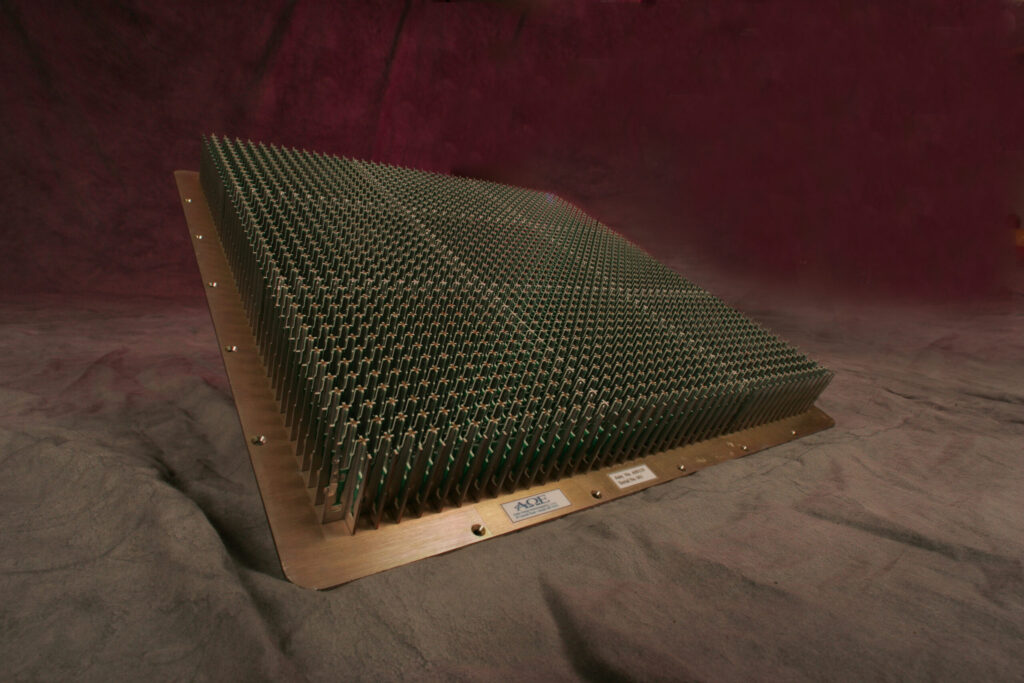
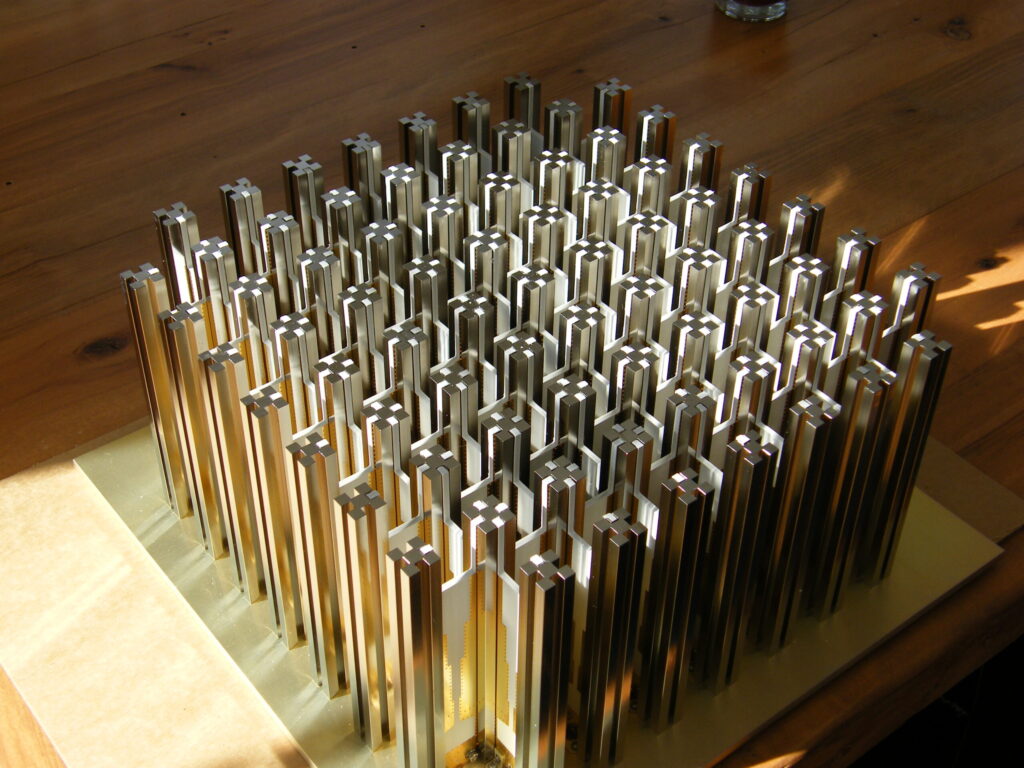
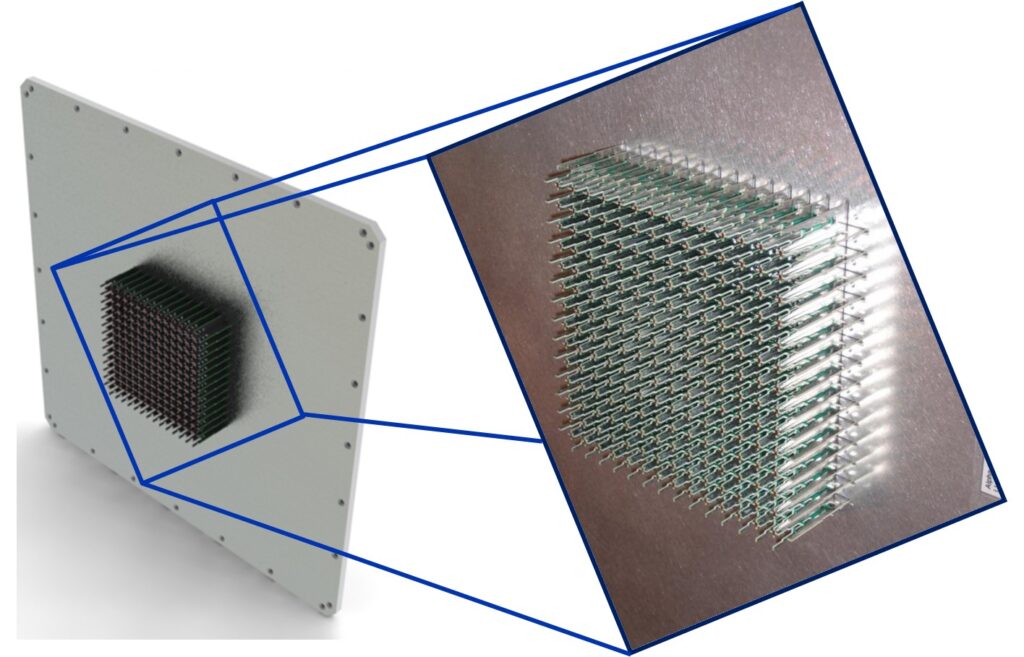
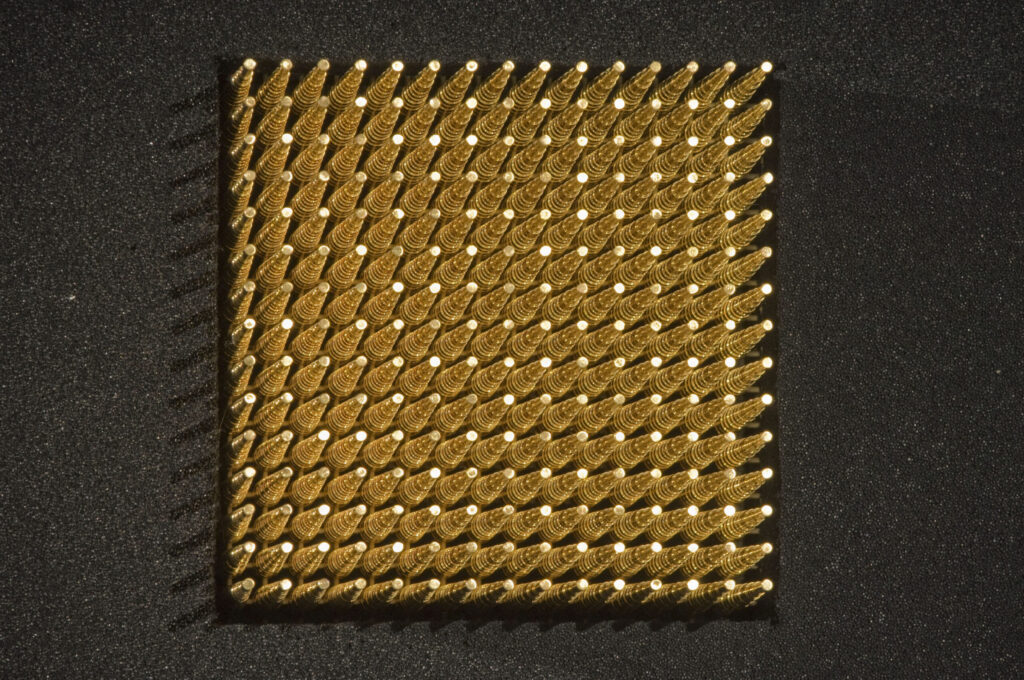
Waveguide Radiators
Our team of engineers has developed octave bandwidth, wide scanning, waveguide based phased array antennas, intended for use with numerous applications.These waveguide antennas are particularly well-suited for use in the ground plane of low Radar Cross-Section (RCS) platforms.
Loop Antennas
Loop antennas can easily be tuned with a variable capacitor. Using this characteristic, we’ve designed and built many loop antennas capable of tunable operation of over an octave, or more, of bandwidth. These antennas have consistently demonstrated stable tuning and performance within a variety of operating environments, making them useful for a variety of applications.
Biconical Antennas
Similar to dipole antennas, biconical antennas are very useful for achieving wideband antenna performance. We’ve designed and built numerous antenna perturbations based on biconicle technology. Biconicle antennas allow for enhanced directivity in a selected direction, while avoiding the typical pattern break up associated with the design becoming electrically large.
Miniature Antennas
Antennas that are electrically small are inherently band limited, but at AOE, we’ve successfully developed many different designs that can achieve sufficient bandwidth in an electrically small configuration, without compromising pattern performance or operating frequency.
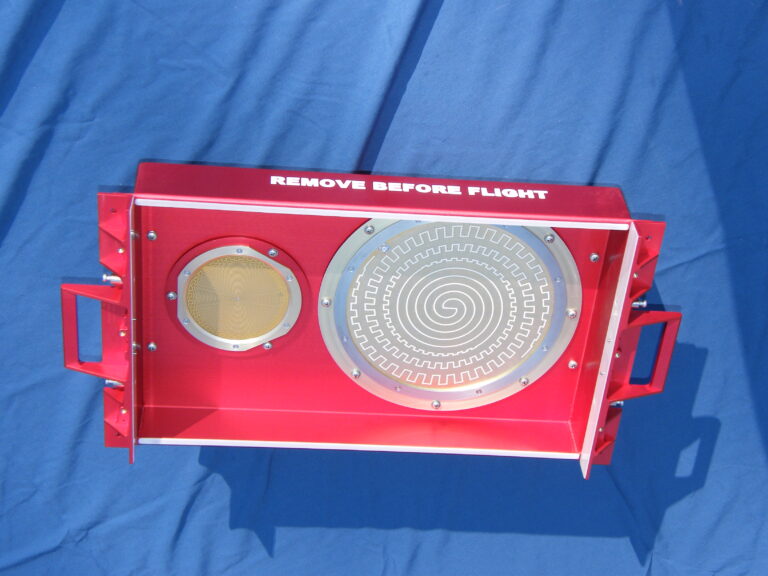

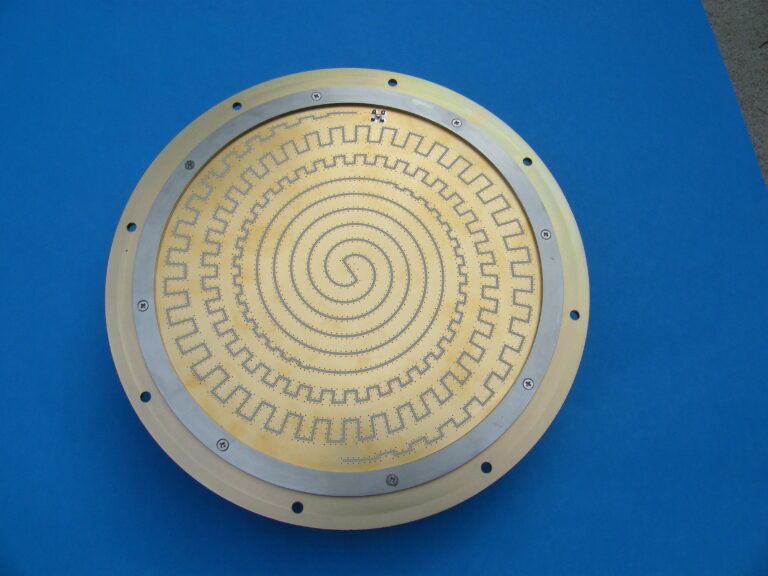
Spiral Antennas
Spiral antennas belong to the class of frequency independent antennas which operate over a wide range of frequencies having a circular polarization. It will receive linearly polarized EM waves in any orientation, but will attenuate signals received with the opposite circular polarization. Polarization, radiation pattern and impedance of such antennas remains relatively constant over a large bandwidth. Spiral antennas can be used for wideband communications, frequency spectrum monitoring and direction finding to name a few applications. One antenna can receive over a wide bandwidth, for example a ratio 18:1 and greater between the maximum and minimum frequency.

